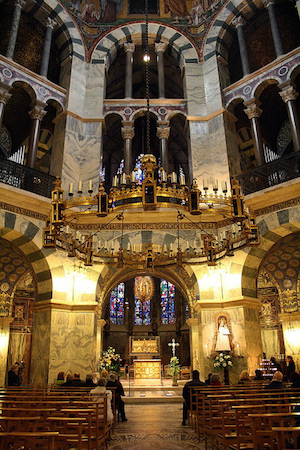Site about Music - Art & Math


 The term “Romanticism” encapsulates many and varied aspects.
The term “Romanticism” encapsulates many and varied aspects.
For Jean-Jacques Rousseau (1712-1778) Romanticism meant a return to nature;
For Johann Wolfgang von Goethe ( 1749-1832) it was disease;
For Heinrich Heine ( 1797-1856) it was the infinite;
For Victor Hugo ( 1802-1885) the truth of life;
For George Sand (1804-1876) the art of the emotions and of the heart;
and for Charles Baudelaire ( 1821-1867) the modern.
1827 – Delacroix exhibits Death of Sardanapalus and is recognized as leader of the Romantic school of art.
1828 – Goya dies.
1831 – Constable works on Salisbury Cathedral from the Meadows.
1845 – Turner named Deputy President of the Royal Academy.
1855 – Courbet writes his Manifesto of Realism.
1857 – baudelaire’s Les Fleurs du Mal ( The flowers of Evil) published.
1850 – Courbet exhibits Burial at Oman’s and The Stone Breakers at the Salon; words worth’s The Prelude published.
1857 – Champfleury provides the theoretical framework for the Realist aesthetic in Le Realisme (The Realism).
1861 – The American Civil war breaks out.
1863 – Homer paints Sharpshooter on Picket Duty.
1867 – Marx’s Das Kapital (Capital) published; Manet works on The Execution of the Emperor Maximilian of Mexico.
1870 – Franco-Prussian War breaks out.
1871 – Defeat of the short-lived Paris Commune; Whistler paints arrangement in Gray and Black#1: Portrait of the Artist’s Mother.
Francisco Goya (1746-1828)-Spanish.
John Constable (1776-1837)-English.
Joseph Mallord William Turner (1775-1851)-English.
Eugene Delacroix (1798-1863)-French.
Gustave Courbet (1819-1877)-French.
James Abbott Mcneill Whistler ( 1834-1903)-American.
Edouard Manet (1832-1883)-French.
Winslow Homer (1836-1910)-American.